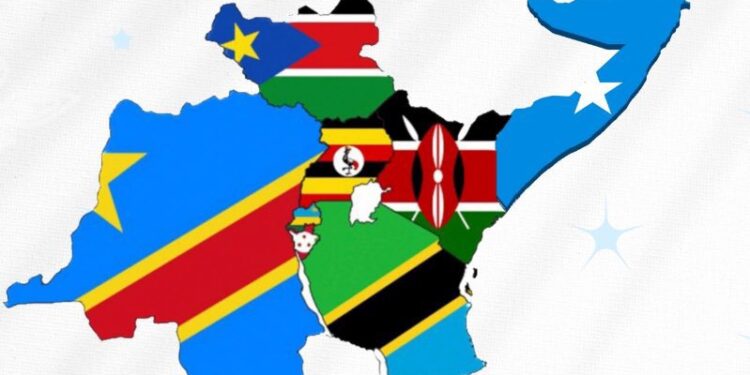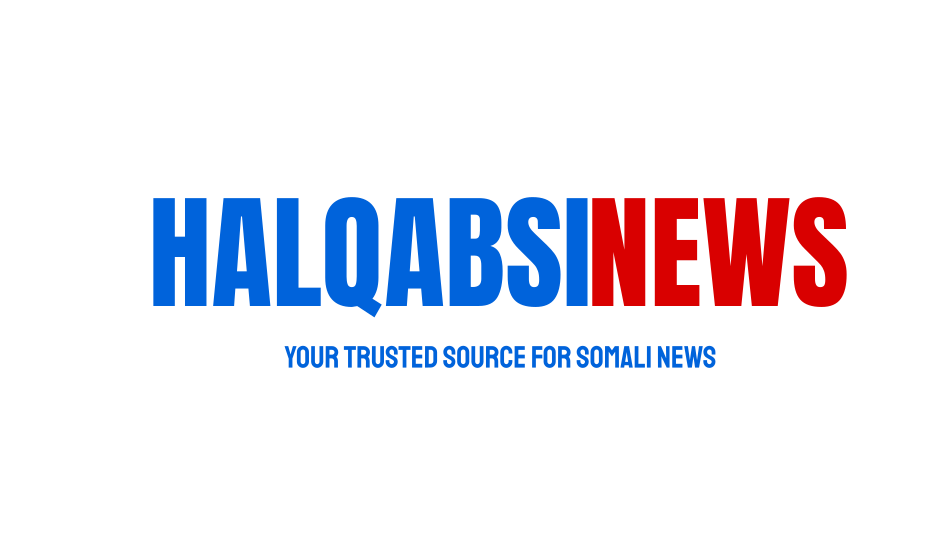The promise of economic prosperity is tangible. Access to the EAC’s market of nearly 300 million people offers Somali businesses unprecedented expansion opportunities. However, the challenge of integrating into a bloc with established economic systems and regulatory frameworks looms large.
Security concerns, particularly the threat from Al-Shabaab, complicate this integration. Somalia’s chronic instability and past struggles with governance raise questions about its readiness to embrace EAC membership. These challenges are not only internal but also reflective of the broader EAC landscape, which grapples with red tape and political instability.
The risk of diminishing Somalia’s political will and autonomy in a collective decision-making process is real. As Somalia navigates this new chapter, it must assert itself within the EAC to safeguard its interests. This necessitates a strategic approach to leverage the benefits of regional integration while maintaining national sovereignty.
Despite these challenges, Somalia’s EAC membership could herald a new era of regional stability. The EAC’s conflict resolution framework offers avenues for addressing Somalia’s long-standing issues. This integration represents not just a test of Somalia’s resilience and commitment to regional cooperation but also an opportunity to contribute positively to East Africa’s future.
In conclusion, Somalia’s EAC membership is a balancing act. Success will depend on collaborative efforts within Somalia and among EAC member states, ensuring this bold step yields tangible benefits for Somalia and strengthens the region’s dynamics.
Halqabsi News
















